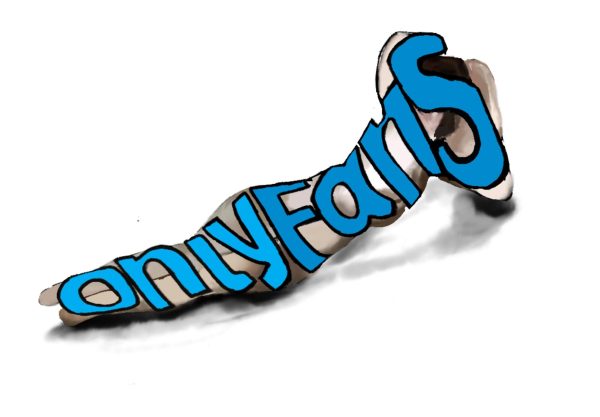Carbon Bomb: The Willow Project
Imagine if in 17 years you wake up to a news headline that the arctic has melted and polar bears are extinct. By that point, it will be too late to stop any other major climate changes from happening, and if nothing is done now, carbon dioxide will continue to poison our planet. The recent approval for an oil drilling project in Alaska will do anything but prevent these damages.
The Willow Project was a plan originally proposed by ConocoPhillips to drill oil out of Alaska’s North Slope in the National Petroleum Reserve, which is an area owned by the US government. The state’s National Petroleum Reserve is said to hold 600 million barrels of oil. Originally, the plan was to build up to five drill pads for a total of 250 oil wells. This is an 8 billion dollar project that will create 300 permanent jobs and is expected to generate from a billion to 17 billion dollars in revenue.
The oil was first discovered in 2016, the development was approved by the Bureau of Land Management (BLM) in October of 2020, and Biden approved the final project on March 13th 2023. However, this was the approval for only three of the five drilling sites. The public first got involved when the project was introduced to the Biden administration, and many people made social media posts against it. By the time it was greenlighted, over 4.5 million people had petitioned to stop it. Since the approval, a start date has not yet been established.
The consumption of the oil produced will release up to 277 million tons of carbon dioxide, which, Al Jazeera claims, “is like putting 56 million cars on the road for a year”. These statistics have sparked concern among environmentalists, because although that is only 4% of the USA’s annual consumption, it goes against Biden’s campaign promise to halve greenhouse gas emissions by 2030, and that on federal lands there would be “no new drilling, period”. In fact, Earthjustice, an American non-profit environmentalist organization, filed a lawsuit against the project in mid-March in hopes of stopping it. It is said that it would produce up to one-third of the emissions produced by all coal plants in the United States. The project would not only emit emissions on its own, but it could also cause dangerous gas leaks, causing additional environmental problems.
Furthermore, these carbon emissions are dangerous because they will greatly contribute to the warming climate, and many believe the Willow Project will go so far as to cause irreversible damage. For example, the local tundra ecosystem could be damaged. If the carbon released by the project results in a heating effect that can melt the arctic – which has already been warming 4 times faster than ever– then already vulnerable animals like polar bears, reindeer, and yellow-billed loons will be under greater threat. But it’s not just the environment and animals that will be affected. The most affected community would be the Native village of Nuiqsut, which has spoken out against it, claiming that it would mean the end of a standard of living for communities in the rapidly changing climate Arctic. It would also worsen air pollution in an area where the extraction of oil and gas projects have already been contributing to higher amounts of asthma as well as other medical conditions. Native villages are decaying into the sea, thawing permafrost threatens infrastructure, and food sources are diminishing.
But governments will continue to give false promises and deny their role in any damages, which makes preventions just that more difficult. This doesn’t mean that all hope is lost, but what is important is taking control and making the right decisions for the world that we students will have to lead and live in.
Hey! I'm Emilia, I'm in year 12, and I joined The High two years ago. I love writing articles and short stories, as it gives me freedom to research and...




